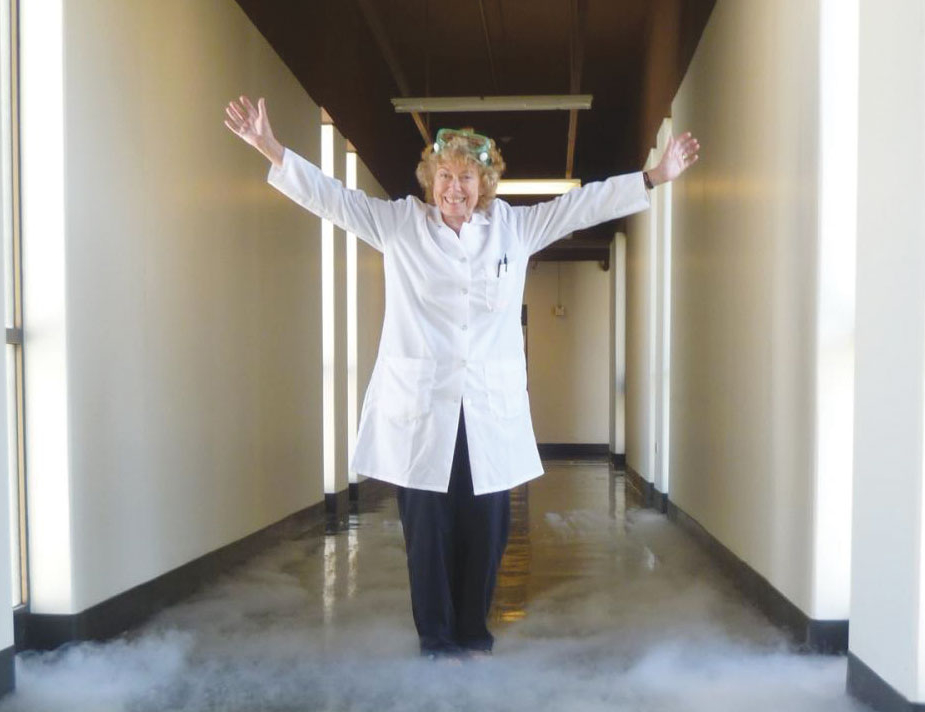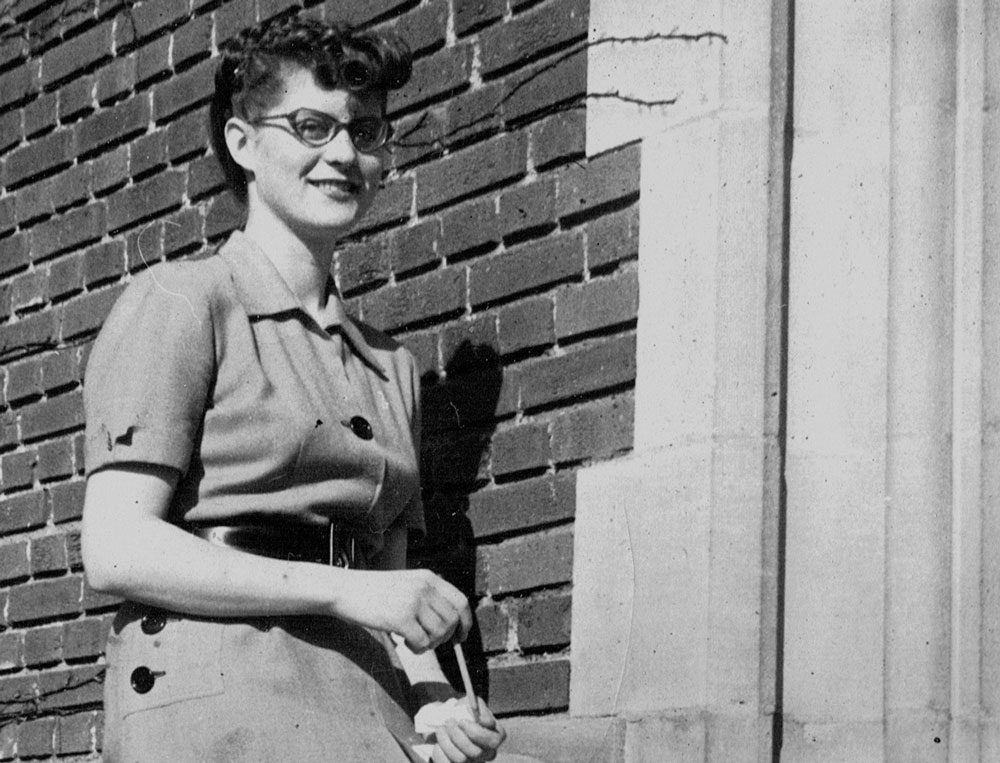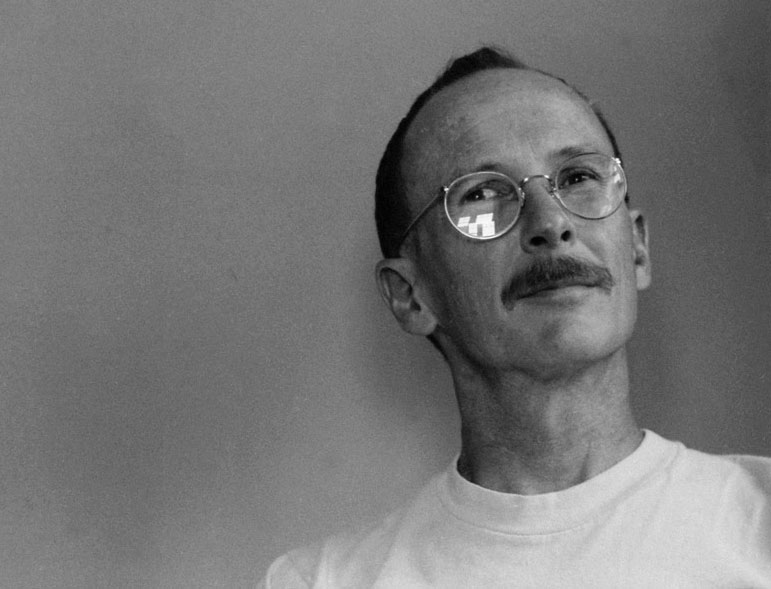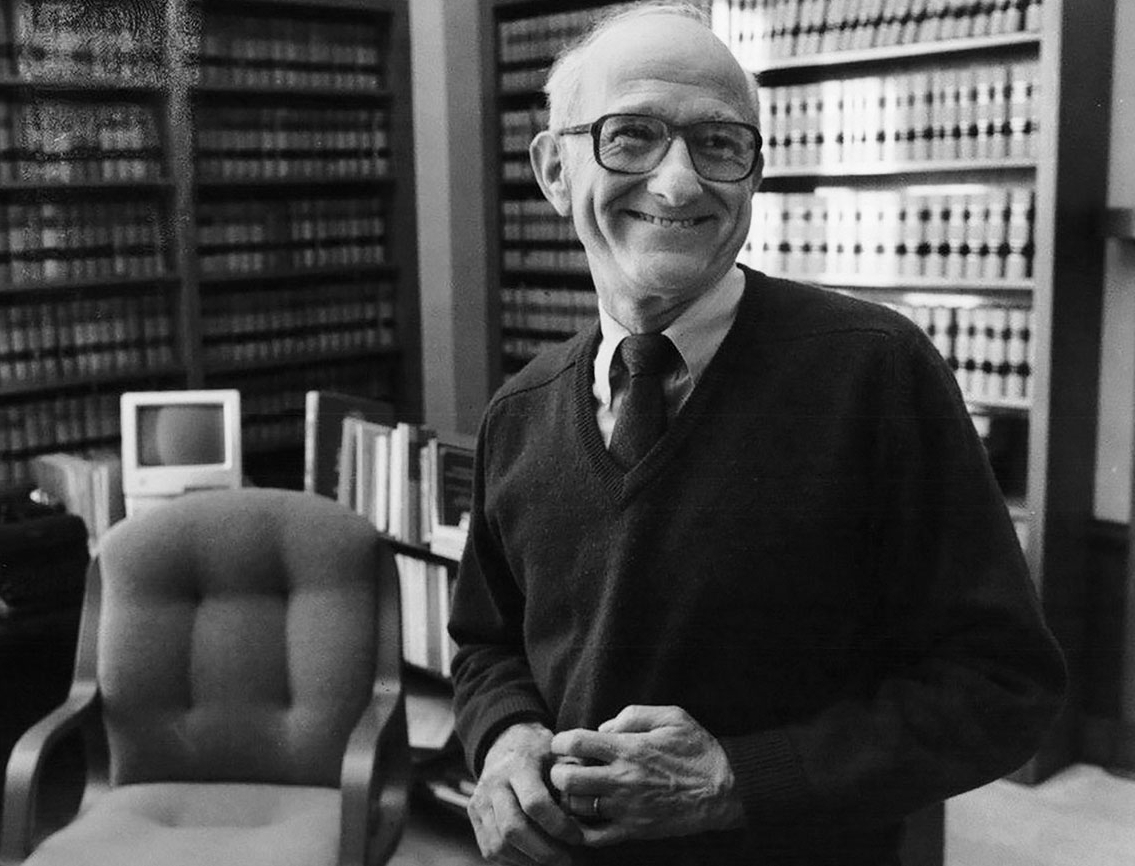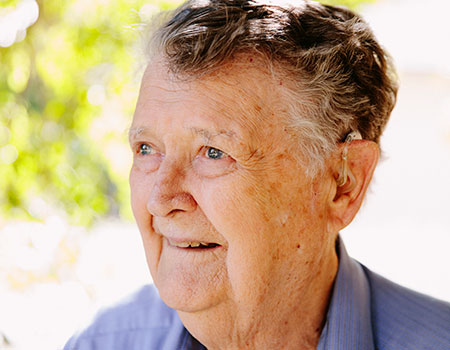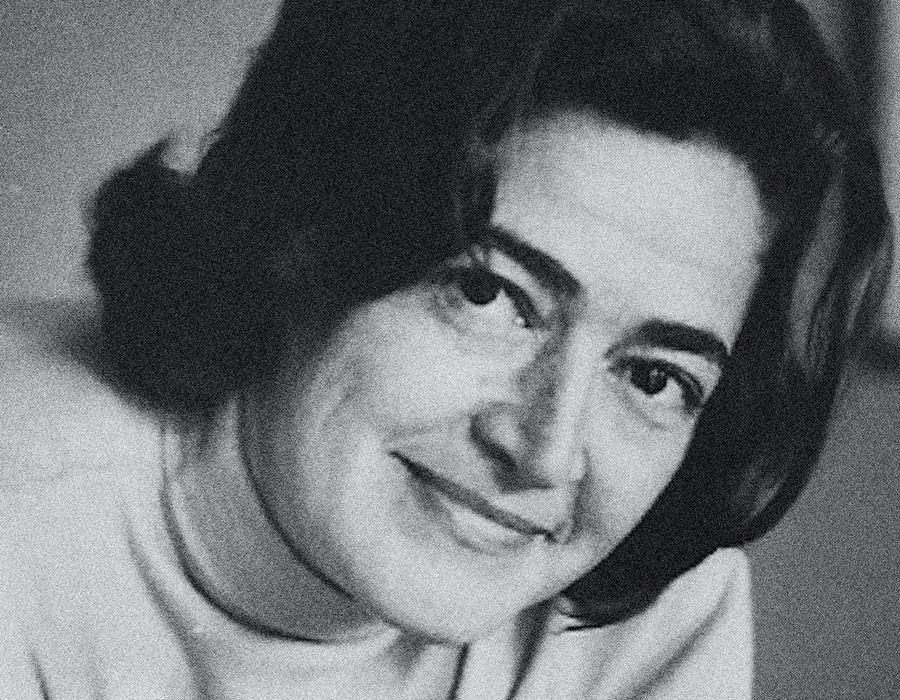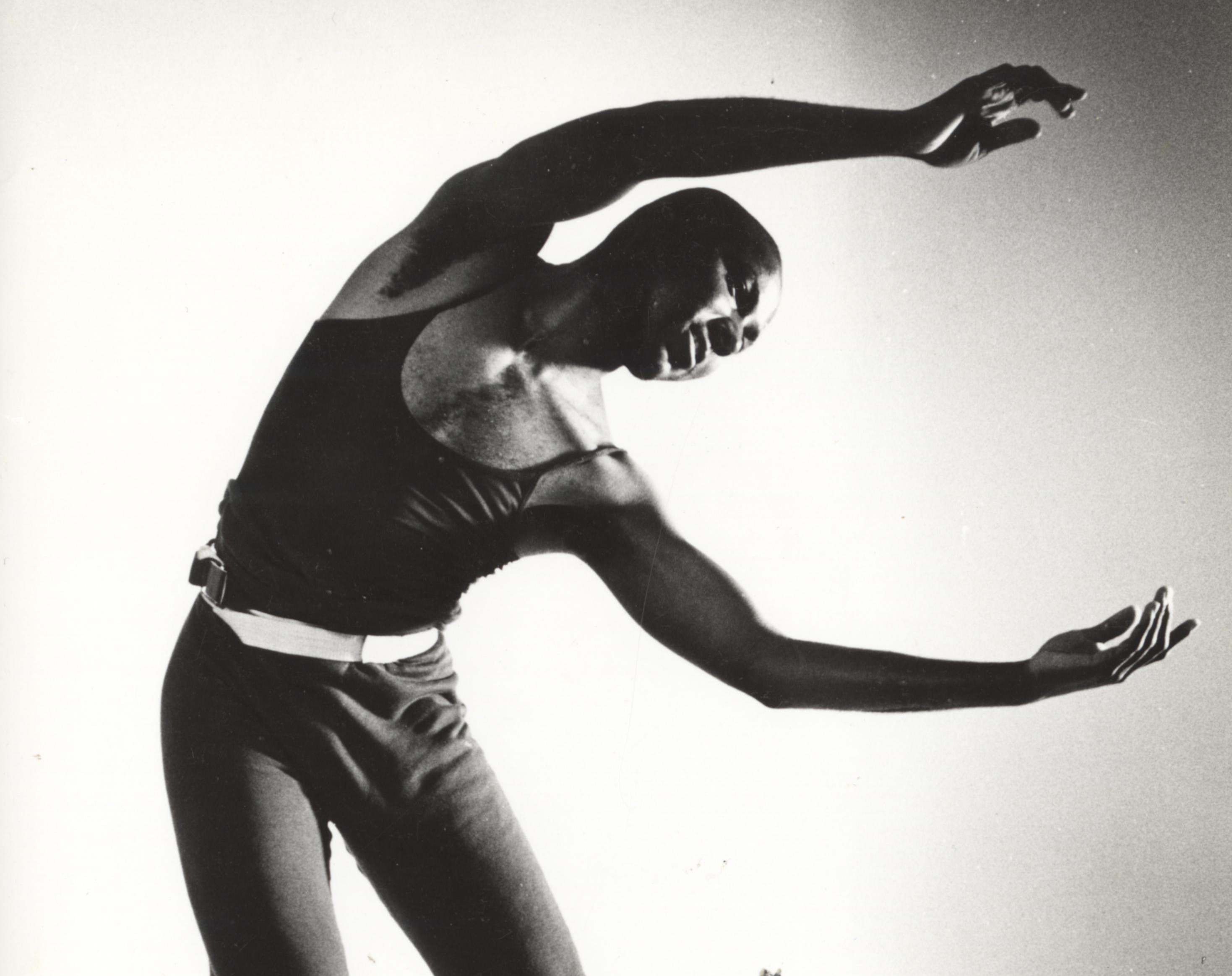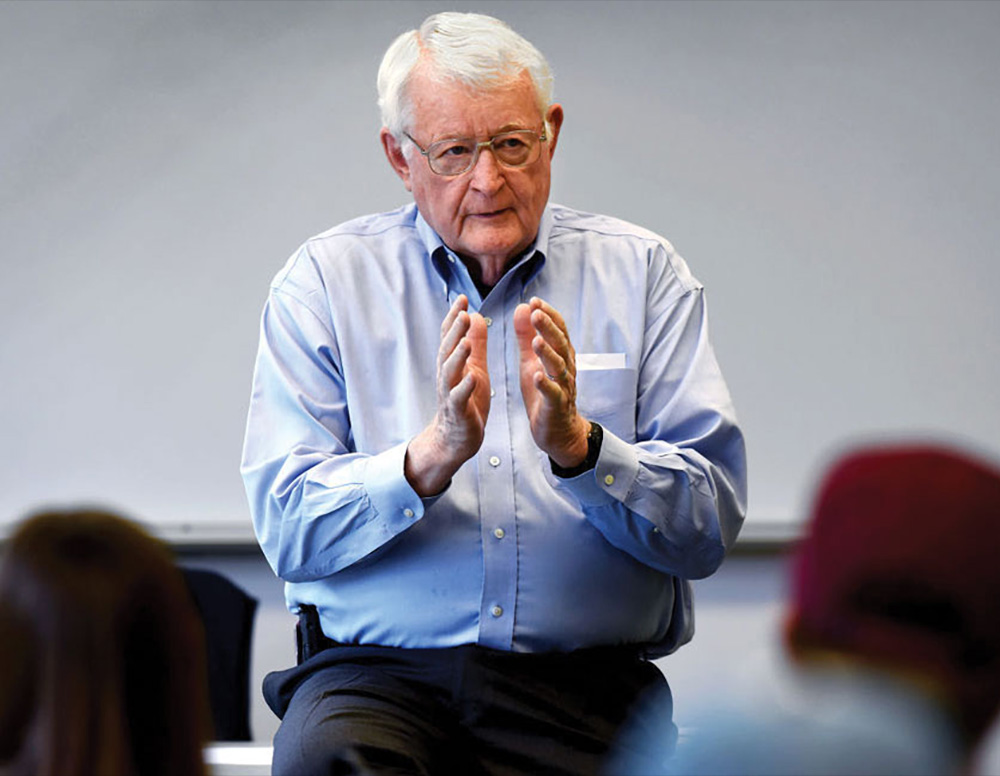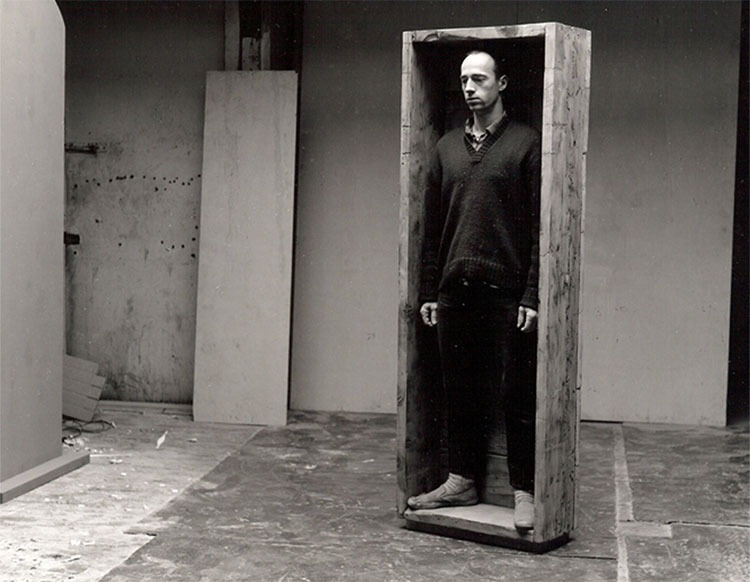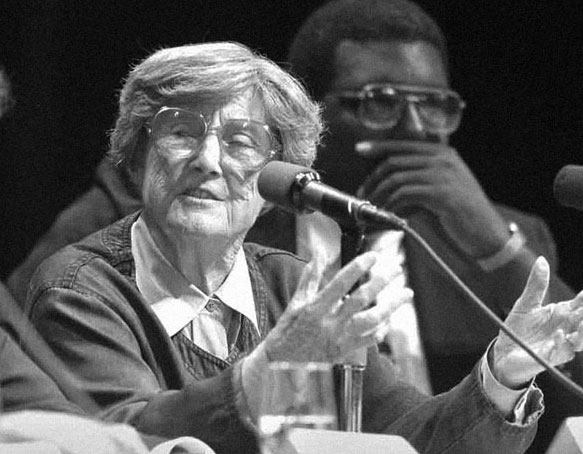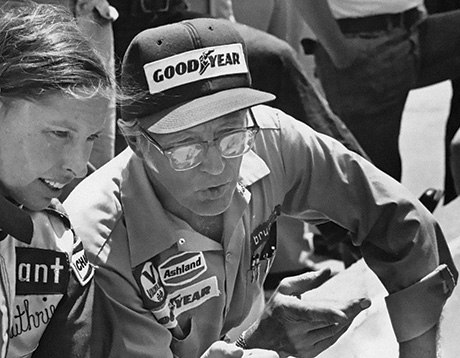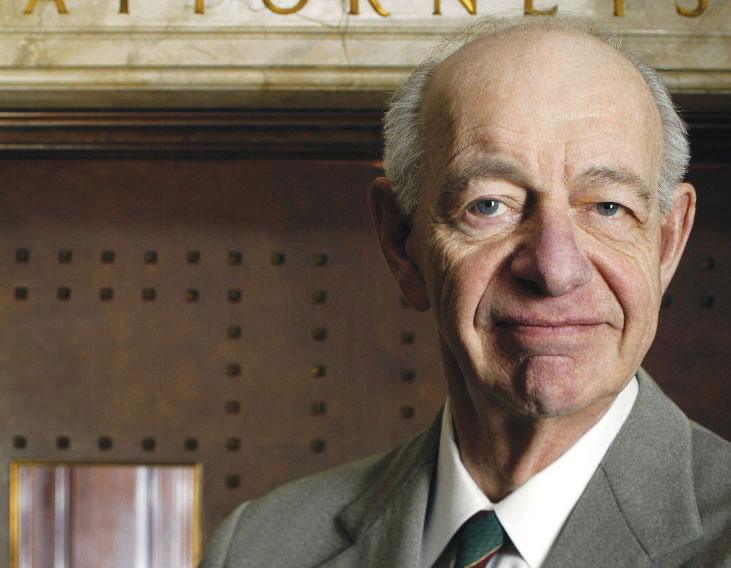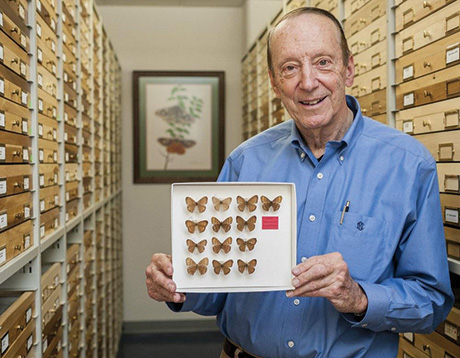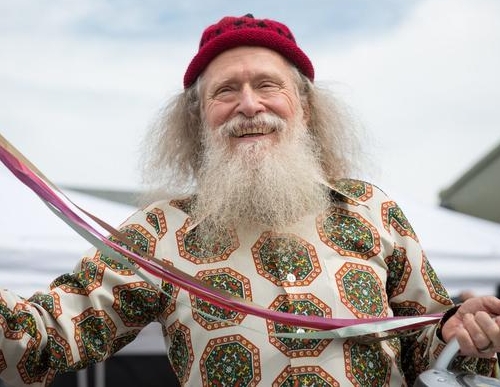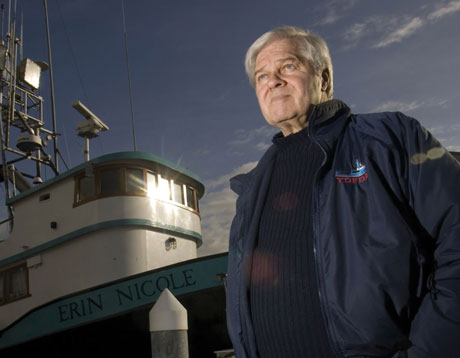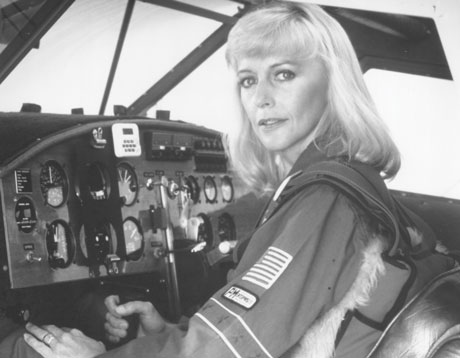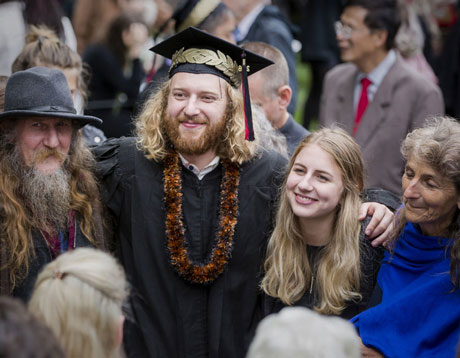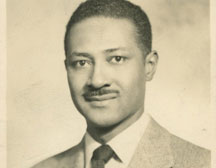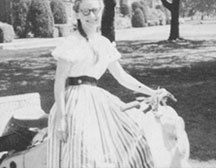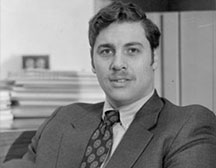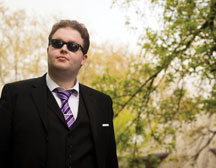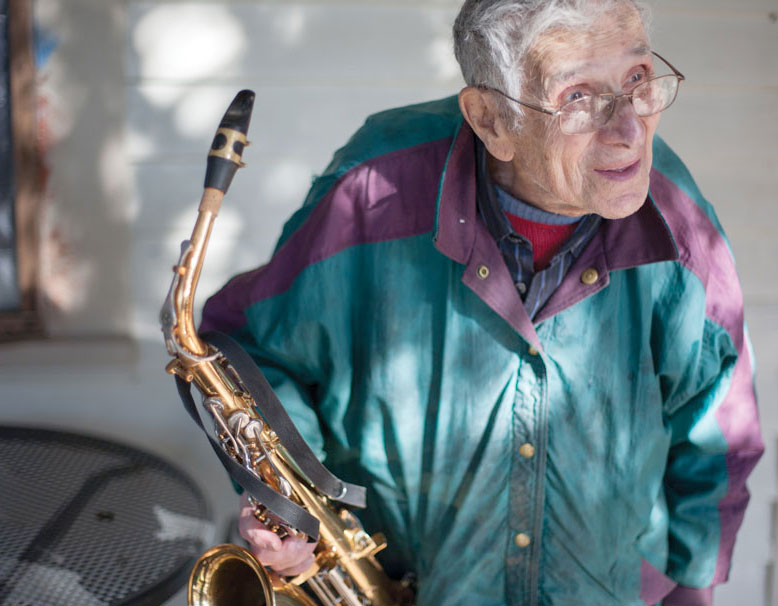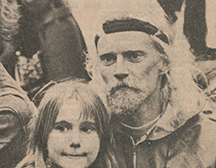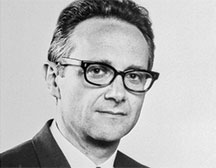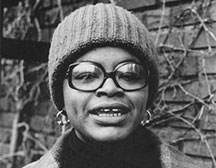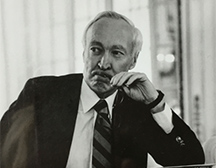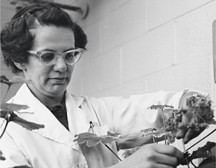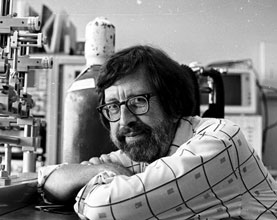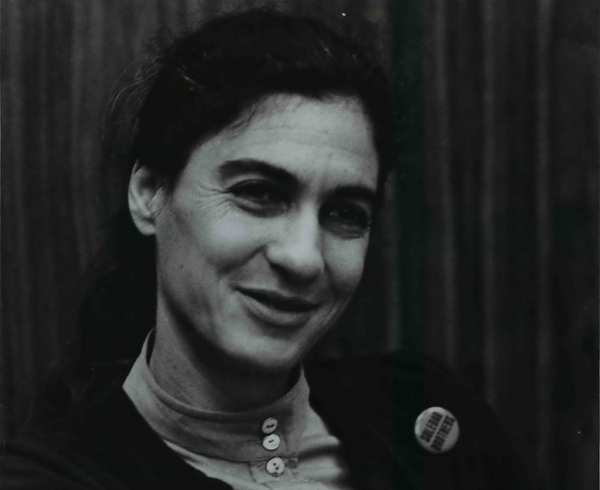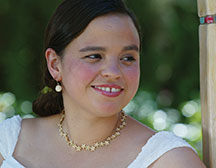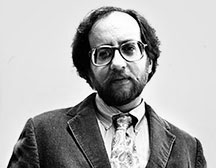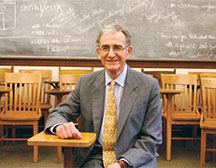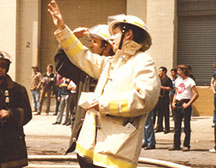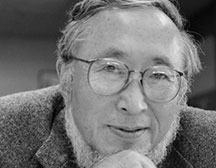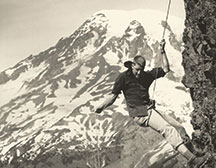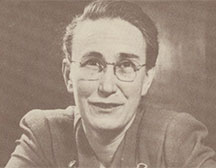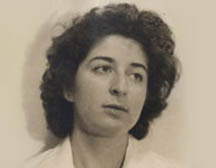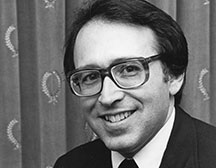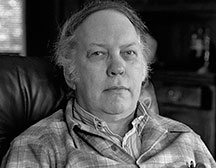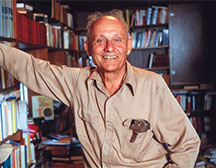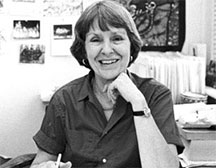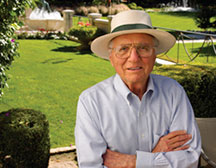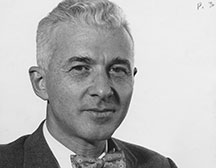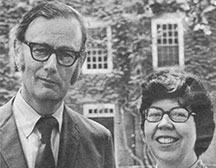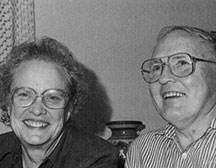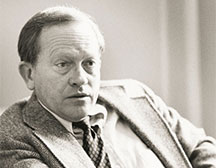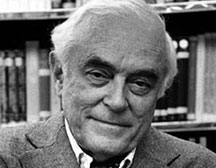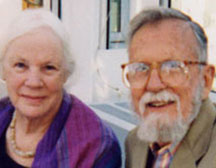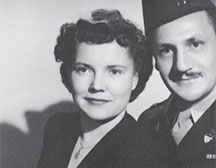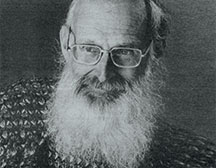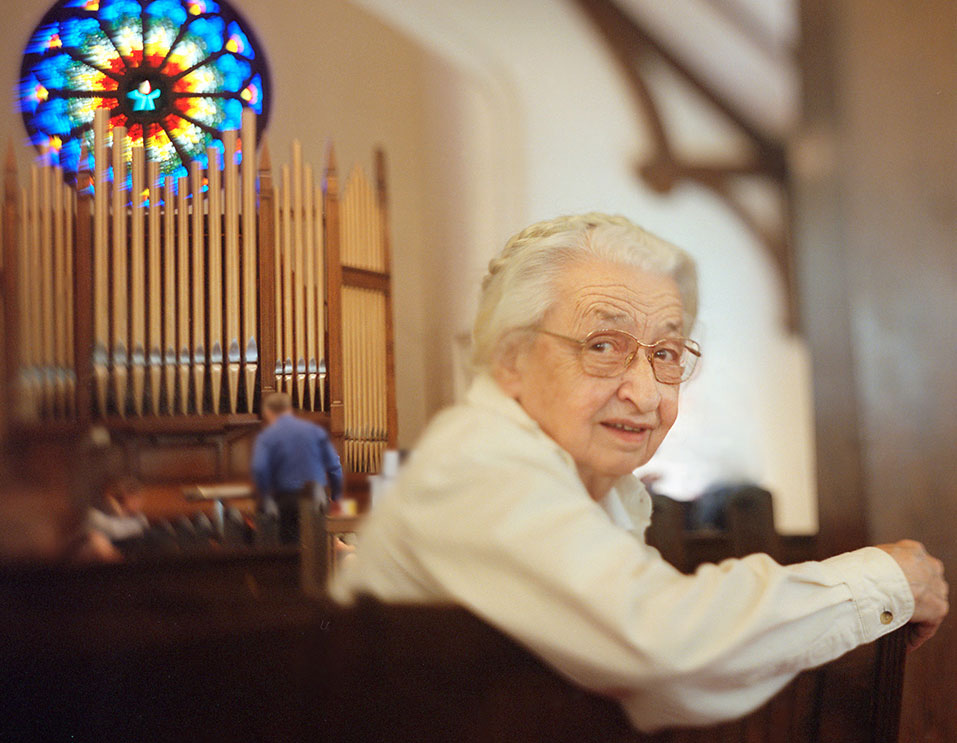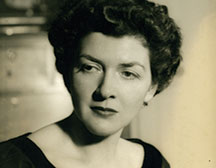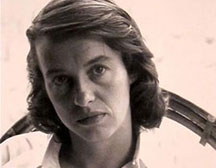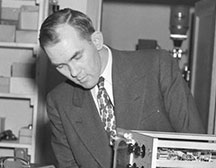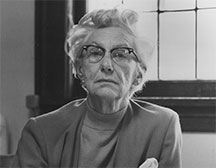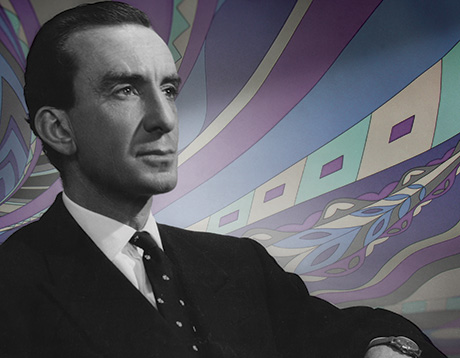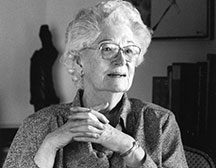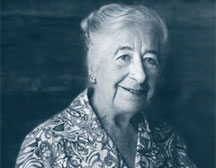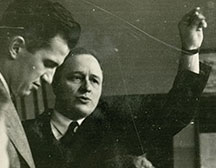Edward L. Bennett ’43
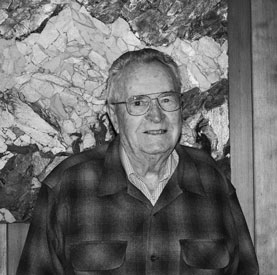
December 2018, in Berkeley, California.
Edward enjoyed a distinguished career as a research chemist and was a tireless advocate for parks and open space, leaving a legacy for all to enjoy.
He and his younger sister, Patricia Bennett Hunt ’50, grew up in Hood River, Oregon, and in the years before the Bonneville Dam was built, he would spend summer days on Koberg Beach, swimming the Columbia River. Interested in science, Ed dreamed of attending the Massachusetts Institute of Technology. Ernest Boyd MacNaughton, a Reed trustee, suggested he take advantage of a program that would allow him to attend Reed for three years and then switch to MIT for two years, resulting in a master’s degree. Though Ed began at Reed, he never went to MIT. In addition to receiving a $200 scholarship, he paid for school by working in orchards at 25 cents an hour.
“In the summer, you’d work 60 hours a week and make $15, which was some money in those days,” he remembered.
He chose chemistry as his major, and on the second day of class, Prof. Ansel Knowlton [physics 1915–48] administered a test with some trigonometry questions. Ed had never heard of trigonometry before, but found it easy to comprehend when it was explained to him. In his second year, he got a job sweeping up the lab, which paid 40 cents an hour. He was sweeping out a lecture room in the chemistry department when he heard on the radio that Pearl Harbor had been bombed.
Ed and other chemistry students realized their world would be changing; they’d soon be called up to serve. They proposed to their professors that they hold classes that summer, giving students the chance to complete their theses in 1942. During the summer, Edward began his thesis, “The Preparation of Sodium Trifluoroacetate,” with Prof. Arthur Scott [chemistry 1923–79]. Prof. Scott learned that Caltech was looking for people to do research, and after Edward completed his thesis in November, he headed for California. Doing war-related research kept him from being drafted.
“I was in Florida, doing work with chemical warfare agents,” Edward said. “They were testing mustard gas. But after a year and a half, a little town of 500 people in Florida didn’t seem very exciting.”
He earned his PhD in 1949 and took a job doing research at the Lawrence Berkeley National Laboratory, managed by UC Berkeley, where he worked until retiring in 1987. His research interests were in neuroscience, learning, and memory. During his time at the laboratory, Ed worked with a research group to study the impact that the environment has on the brain.
Renowned biochemist and chemistry professor Melvin Calvin introduced Edward to a couple of professors from the psychology department—David Krech and Mark Rosenzweig—who had ideas about how the brain might work. The three men began researching various aspects of the brain, working with rats that had been bred for years to be maze bright and maze dull. After anatomist Marian Diamond joined the group, they got the idea of raising rats in what they called enriched or impoverished environments. They discovered that the acetylcholineesterase levels differed in these animals’ brain cortices, and postulated the idea that the brains of the rats raised in enriched environments had brains that exhibited plasticity.
“I can honestly say that we did have an influence in getting across the idea that the brain was ‘plastic,’ as we termed it then,” Edward summarized. “To show that the brain cortex could be thicker if the animal had been kept active.”
The takeaway, he said, was that the brain needs to be exercised. “Don’t sit in front of the boob tube and drink beer.”
Diamond left the group and Edward, Krech, and Rosenzweig switched to working with chicks, giving them a substance on the tip of a small silver bead, which they would peck at, thinking it was food. If the bead was coated with a bitter substance, the chicks wouldn’t like it and wouldn’t peck at it again.
“It’s one-trial learning,” Edward explained. “Sometime later you can test the chick again. If it avoids pecking, it remembered; the chick had learned the problem. You can test many different types of drugs after the training test. One group of compounds blocked memory—short-term memory—very quickly, and there was an intermediate phase and a longer phase. We ascribed the long-term memory to this necessity for protein synthesis. I think we were basically right. Eric Kandel also reported much the same thing, and he got the Nobel Prize. Not that we did that much. But that was fun research; very good for the students.”
Ed became a member of the Sierra Club when he moved to Berkeley and was an active member until his death. He served on the San Francisco Bay chapter executive committee and was chapter chair and treasurer, as well as a member of the conservation and East Bay public land committees. The chapter’s Ed Bennett Lifetime Achievement Award is named in his honor.
A lifelong advocate for conservation, Ed took special pride in his work on the successful campaign in 1972 for Proposition 20, the Coastal Initiative, which provides protection for much of the California coastline, and Proposition 70, the Wildlife, Coastal, and Park Land Conservation Act of 1988, which provided $25 million to help establish what is now known as the McLaughlin Eastshore State Park.
Ed cofounded Citizens for East Shore Parks, which brought together area residents, organizations, and local and state governments to fulfill the dream of open shoreline accessible to all. The resulting 8.5-mile-long park is a “necklace” of trails and wildlife habitat stretching through five cities—from the foot of the Bay Bridge in Oakland through Emeryville, Berkeley, and Albany to Richmond. In one of the nation’s most densely populated urban regions, the McLaughlin Eastshore State Park is an outstanding achievement in the history of open space protection. Ed was also instrumental in stopping the commercial development at what is now the habitat preserve called the Berkeley Meadow in the McLaughlin Eastshore State Park.
He helped create the beautiful César Chávez Park from what was once the Berkeley dump, and served on the Berkeley Waterfront Commission for more than eight years. Prior to that, he was on the Berkeley Recreation Commission for six years and was also a steadfast advocate for the mission of the East Bay Regional Park District.
“Marian Diamond says to keep your head going, you’ve got to keep busy,” Ed said.
Ed’s wife, Mildred, died in 2012. He is survived by his children, Anita Bennett ’87, Keith Bennett, and Reid Bennett.
Appeared in Reed magazine: June 2019
comments powered by Disqus
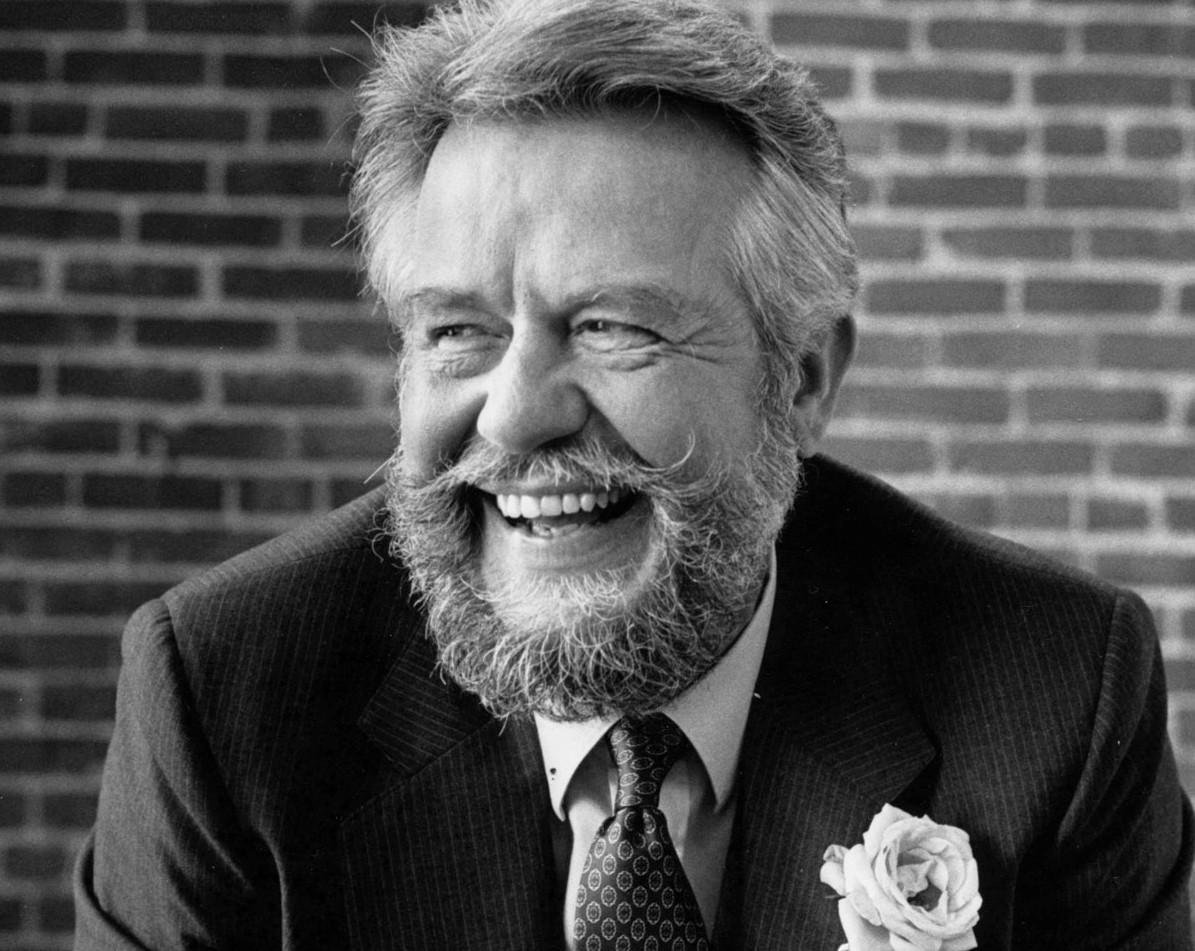
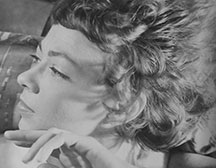
![Photo of Prof. Marvin Levich [philosophy 1953–94]](https://www.reed.edu/reed-magazine/in-memoriam/assets/images/2022/LTL-levich1.jpg)
![Photo of President Paul E. Bragdon [1971–88]](https://www.reed.edu/reed-magazine/in-memoriam/assets/images/2020/Bragdon.jpg)
![Photo of Prof. Edward Barton Segel [history 1973–2011]](https://www.reed.edu/reed-magazine/in-memoriam/assets/images/2020/Segel.jpg)
